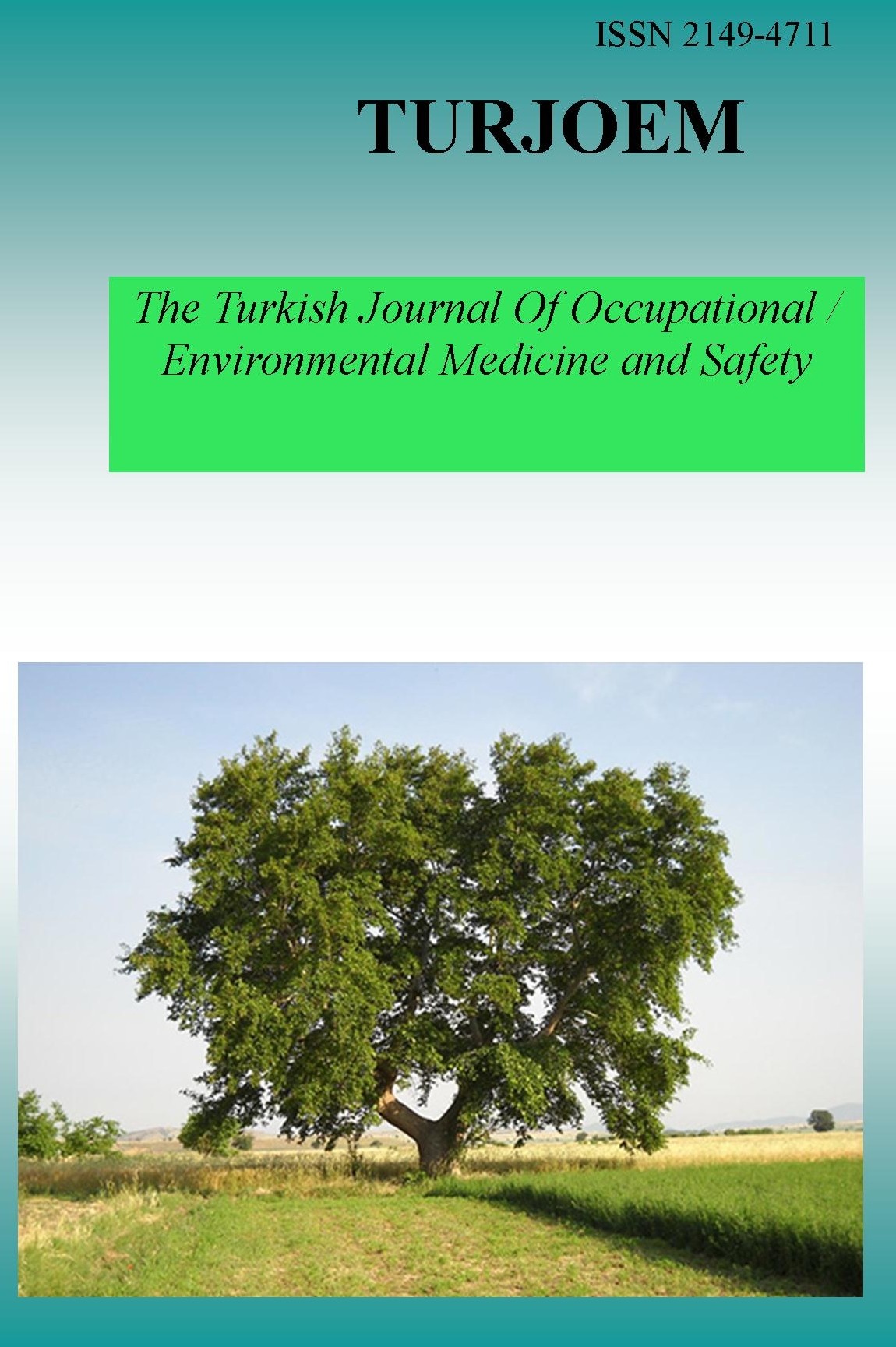THE IMPORTANCE OF KINETICS AND INTERINDIVIDUAL SUSCEPTIBILITY IN TOXICITY AND RISK ASSESSMENT: A HELP FOR FORENSIC TOXICOLOGY
THE IMPORTANCE OF KINETICS AND INTERINDIVIDUAL SUSCEPTIBILITY IN TOXICITY AND RISK ASSESSMENT: A HELP FOR FORENSIC TOXICOLOGY
The quantitative assessment of the extent and time of exposure to
chemicals able to induced toxicity including fatal outcome or to impair
behavior in humans are essential information also in forensic medicine, which
includes detection and identification of the presence of drugs and poisons in
body fluids, tissues, and organs. Indeed, postmortem forensic toxicology is
used in investigations to establish whether or not drugs were the cause or
contributing factor in death; human performance toxicology is used to evaluate
the effect of alcohol/drug in driving and at the workplace; forensic medicine
can be involved in the evaluation of illegal drug consumption.
Generally, in toxicological risk assessment only the extent of the
external exposure is available, although it is recognized that measuring
internal exposure is much more relevant for establishing a dose-response
relationship. However, in forensic medicine the situation is the other way
round, being the internal dose more frequently available. Starting from external exposure, the estimate
of the internal one (or vice vice in reverse dosimetry) depends on availability
of information about the absorption, distribution in the body, metabolism and
excretion (ADME) of a chemical, usually referred to as toxicokinetics (TK).
Many of the enzymes and transporters involved in TK processes are genetically
polymorphic, that is they are present in different forms among individuals. The
activity of specific enzymes can also differ depending on age, gender,
pathological conditions and also due to exposure to other chemicals (drugs,
alcohol, smoking habits) since many enzymes are inducible or can be
irreversibly inhibited, As a consequence any biomarkers of exposure (i.e.
alcohol in blood) reflect also the individual’s response determined by genetic
and acquired factors, making also quite different the time course of
elimination from the body of a chemical. This in turn also determined a
different individual susceptibility to the action of
drug/chemical/poisons. Examples relevant
to forensic toxicology will be presented.
___
- Emanuela TESTAI
Istituto Superiore di Sanità- Mechansism of Toxicity Unit Viale Regina Elena, 299 00161 Roma Italy
